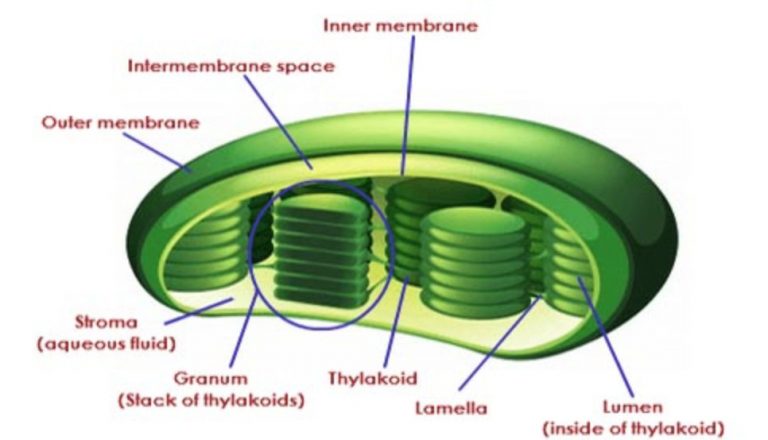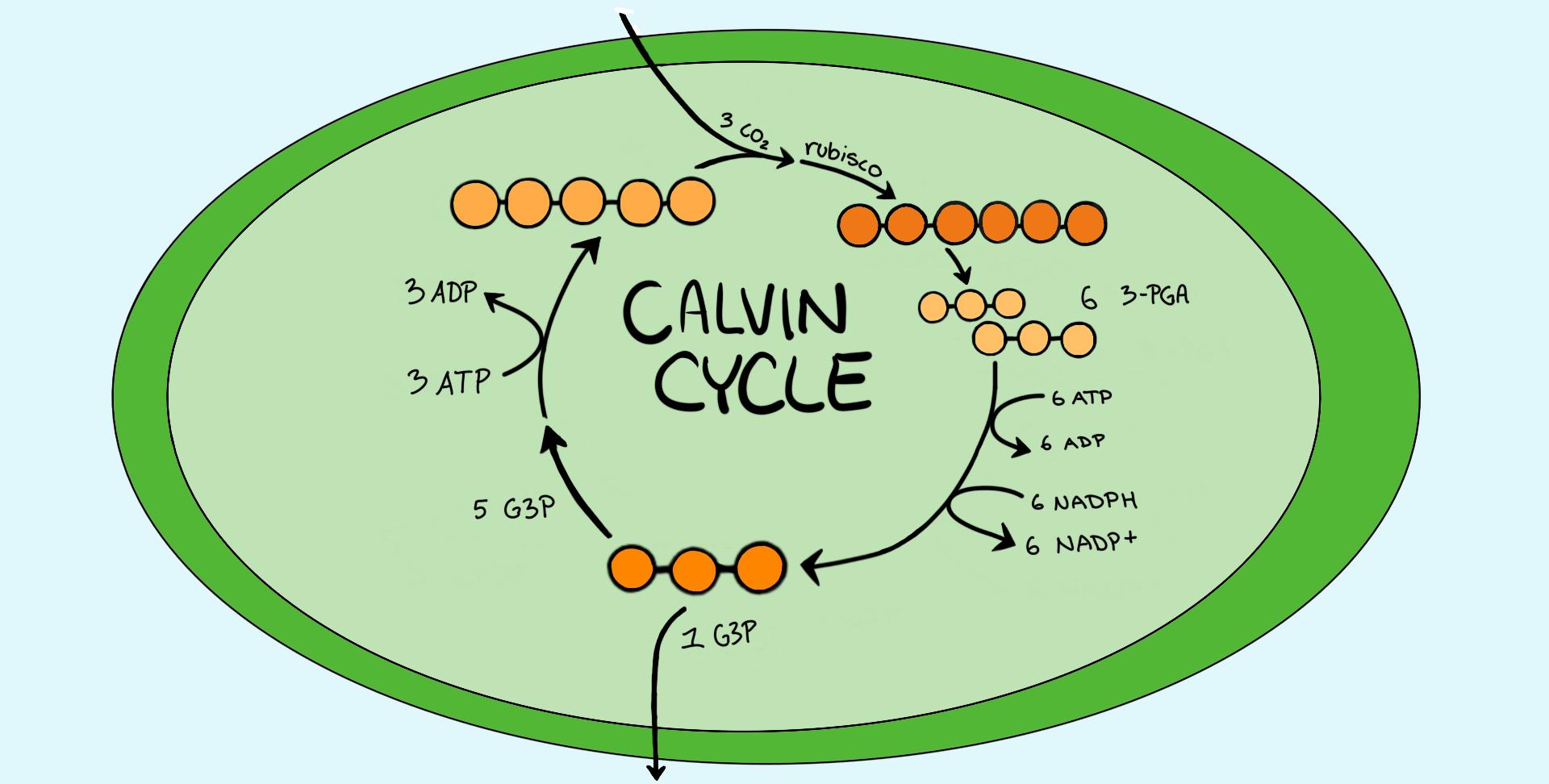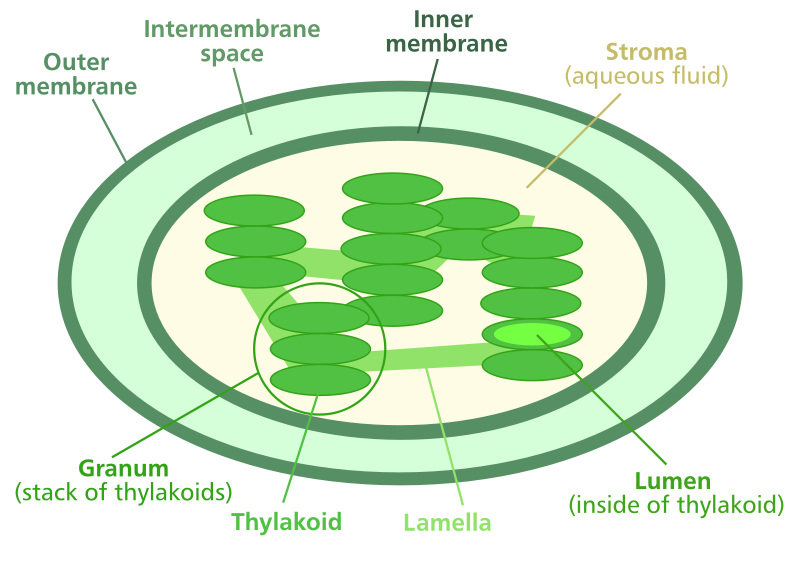What is the function of the stroma in photosynthesis? The stroma, a gel-like matrix found within chloroplasts, is a vital component of photosynthesis. It’s where the magic happens, transforming sunlight into usable energy for plants. Think of the stroma as the plant’s kitchen, a bustling hub where carbon dioxide is converted into sugars, the fuel that keeps plants alive and growing.
The stroma is more than just a container; it plays an active role in photosynthesis. It houses the enzymes needed for the Calvin cycle, a series of chemical reactions that convert carbon dioxide into glucose. It’s also a storage area for essential molecules like DNA and ribosomes, which are necessary for the production of proteins needed for photosynthesis.
Introduction to the Stroma
Imagine a bustling city within a plant cell, a vibrant hub of activity where the magic of photosynthesis unfolds. This city is the stroma, a semi-fluid matrix that fills the chloroplast, the green powerhouse of plant cells. The chloroplast is the site where sunlight is harnessed to convert carbon dioxide and water into sugars, the essential fuel for life.
The Stroma: A Vital Component of Photosynthesis
The stroma is more than just a watery environment; it’s a dynamic space teeming with enzymes, proteins, and other molecules crucial for photosynthesis. This intricate network plays a pivotal role in the second stage of photosynthesis, known as the Calvin cycle. Here, carbon dioxide is captured and transformed into sugars, providing the building blocks for plant growth and development.
Key Functions of the Stroma: What Is The Function Of The Stroma In Photosynthesis

The stroma, the gel-like matrix within the chloroplast, is a bustling hub of activity, playing a crucial role in the synthesis of energy-rich molecules that power life on Earth. It’s more than just a watery environment; it’s a dynamic space where complex biochemical reactions occur, fueled by the energy captured during the light-dependent reactions.
The Calvin Cycle
The Calvin cycle, also known as the light-independent reactions, is a series of biochemical reactions that occur in the stroma. This cycle uses the energy stored in ATP and NADPH, generated during the light-dependent reactions, to convert carbon dioxide into glucose, the primary energy source for most living organisms. The Calvin cycle can be broken down into three key stages:
- Carbon Fixation: Carbon dioxide from the atmosphere is incorporated into an organic molecule, ribulose-1,5-bisphosphate (RuBP), catalyzed by the enzyme Rubisco. This step results in the formation of an unstable six-carbon compound that quickly breaks down into two molecules of 3-phosphoglycerate (3-PGA).
- Reduction: 3-PGA is then reduced to glyceraldehyde-3-phosphate (G3P) using ATP and NADPH. This step involves the addition of electrons and energy, transforming 3-PGA into a more energy-rich molecule.
- Regeneration: Some G3P molecules are used to synthesize glucose, while others are recycled to regenerate RuBP, allowing the cycle to continue. This step requires ATP and involves a series of complex enzymatic reactions.
Providing a Suitable Environment for Enzymatic Reactions
The stroma provides an ideal environment for the enzymes involved in the Calvin cycle and other metabolic processes. It contains a high concentration of enzymes, including Rubisco, which is essential for carbon fixation. The stroma also maintains a specific pH and ionic composition, creating optimal conditions for enzymatic activity.
Synthesis of Glucose and Other Organic Molecules
The Calvin cycle is the primary pathway for the synthesis of glucose in plants. However, the stroma is also involved in the production of other organic molecules, such as amino acids, fatty acids, and nucleotides. These molecules are essential for plant growth, development, and reproduction.
“The stroma is the site of the Calvin cycle, a metabolic pathway that uses carbon dioxide and energy from the light-dependent reactions to synthesize glucose.”
Components of the Stroma

Imagine the stroma as a bustling factory, filled with specialized machinery and workers all working together to produce a vital product – sugar. This factory is the powerhouse of photosynthesis, and the machinery within it are the key components of the stroma.
Components of the Stroma
The stroma is not just an empty space within the chloroplast; it’s a dynamic environment teeming with essential components. These components work in concert to carry out the light-independent reactions of photosynthesis, the process that converts carbon dioxide into sugar.
| Component | Location | Function |
|---|---|---|
| Enzymes | Within the stroma | Enzymes are proteins that act as catalysts, speeding up chemical reactions without being consumed in the process. In the stroma, they facilitate the complex reactions of the Calvin cycle, which converts carbon dioxide into glucose. |
| Ribosomes | Within the stroma | Ribosomes are the protein-making factories of the cell. They use the genetic information encoded in DNA to synthesize proteins, including many of the enzymes essential for photosynthesis. |
| DNA | Within the stroma | Stroma contains its own DNA, distinct from the DNA found in the nucleus. This DNA encodes for some of the proteins needed for photosynthesis, allowing the chloroplast to have a degree of autonomy in its protein production. |
Stroma’s Interaction with Other Chloroplast Structures

The stroma, the gel-like matrix within chloroplasts, is not a solitary entity. It exists in a dynamic interplay with other chloroplast structures, particularly the thylakoid membranes, orchestrating the intricate process of photosynthesis.
Stroma and Thylakoid Membranes: A Close Relationship
The thylakoid membranes, intricate networks of interconnected sacs, are suspended within the stroma. This close proximity facilitates a crucial exchange of energy and molecules between these two structures. The thylakoid membranes house the machinery for the light-dependent reactions of photosynthesis, capturing light energy and converting it into chemical energy in the form of ATP and NADPH.
Stroma Receives Energy from Light-Dependent Reactions
The stroma, in turn, receives this energy from the thylakoid membranes. ATP, the energy currency of the cell, and NADPH, a high-energy electron carrier, produced during the light-dependent reactions, diffuse from the thylakoid membranes into the stroma. This transfer of energy is akin to a relay race, with the thylakoids passing the baton of energy to the stroma.
Stroma Utilizes Energy to Drive the Calvin Cycle
The stroma, now energized by ATP and NADPH, utilizes this energy to power the Calvin cycle, the second stage of photosynthesis. The Calvin cycle is a series of enzymatic reactions that fix carbon dioxide from the atmosphere into organic molecules, ultimately producing glucose, the primary energy source for the plant.
The Calvin cycle, driven by the energy from ATP and NADPH, converts carbon dioxide into glucose, a process that forms the foundation of life on Earth.
Importance of the Stroma in Photosynthesis
Imagine a bustling factory, where raw materials are transformed into vital products. The stroma, within the chloroplast, is like that factory floor, teeming with activity, where sunlight’s energy is harnessed and used to create the fuel that sustains life on Earth. The stroma plays a crucial role in the overall process of photosynthesis, acting as the central hub for the light-independent reactions, also known as the Calvin cycle.
This is where carbon dioxide from the atmosphere is converted into glucose, the primary source of energy for plants and, ultimately, for all living organisms.
The Stroma’s Role in the Calvin Cycle, What is the function of the stroma in photosynthesis
The stroma’s importance lies in its ability to provide the necessary environment for the Calvin cycle to occur. It houses a variety of enzymes, including RuBisCo, the key enzyme responsible for carbon fixation, and other proteins essential for the cycle’s intricate steps.
The Calvin cycle is a complex series of reactions that take place in the stroma, where carbon dioxide is converted into glucose.
Within the stroma, the Calvin cycle proceeds through a series of steps, each catalyzed by specific enzymes. These steps involve the fixation of carbon dioxide, the reduction of the fixed carbon, and the regeneration of the starting molecule, ensuring a continuous cycle.
Interconnectedness with Other Stages of Photosynthesis
The stroma’s role is not isolated; it is intricately connected to the other stages of photosynthesis. The light-dependent reactions, which occur in the thylakoid membranes, provide the necessary energy for the Calvin cycle.
- The light-dependent reactions generate ATP (adenosine triphosphate) and NADPH (nicotinamide adenine dinucleotide phosphate), the energy carriers required for the Calvin cycle.
- These energy carriers, produced in the thylakoid membranes, then move into the stroma, fueling the Calvin cycle’s reactions.
- The Calvin cycle, in turn, uses these energy carriers to convert carbon dioxide into glucose, the primary energy source for plants and other organisms.
Visual Representation of the Stroma’s Role
Imagine a chloroplast as a miniature city. The thylakoid membranes, stacked like pancakes, are the power plants, generating energy through the light-dependent reactions. The stroma, the city’s central hub, is where the energy is used to convert carbon dioxide into glucose, the city’s essential fuel. The stroma, filled with enzymes and other essential components, is like a bustling factory floor, where the Calvin cycle, the city’s manufacturing process, takes place.
The stroma’s interaction with the thylakoid membranes, the city’s power plants, ensures a continuous flow of energy, keeping the city running smoothly.
The stroma’s role in photosynthesis is truly fascinating. It acts as a bridge between the light-dependent reactions, where light energy is captured, and the Calvin cycle, where that energy is used to create sugars. Without the stroma, the intricate dance of photosynthesis would come to a standstill. The stroma is a testament to the efficiency and complexity of nature’s design, allowing plants to harness the power of sunlight and fuel life on Earth.
Questions Often Asked
What is the difference between the stroma and the thylakoid?
The stroma is the gel-like matrix surrounding the thylakoid membranes. The thylakoids are flattened sacs within the stroma where the light-dependent reactions of photosynthesis occur.
What is the role of enzymes in the stroma?
Enzymes in the stroma catalyze the reactions of the Calvin cycle, speeding up the process of converting carbon dioxide into glucose.
Why is the stroma important for plant growth?
The stroma is crucial for plant growth because it’s where glucose is produced. Glucose is the primary energy source for plants, fueling their growth and development.






